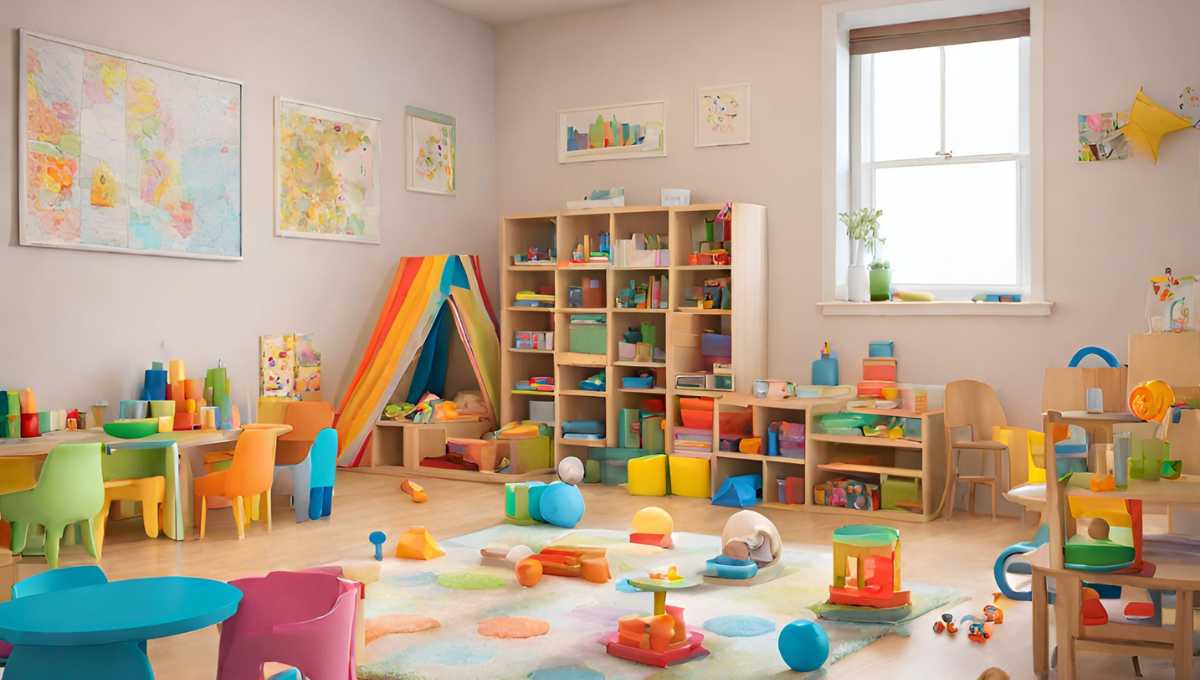Home day care
Congratulations on deciding to start your daycare. Opening a childcare takes work. Your success in opening childcare will depend on how you start from the beginning. This blog will explain exactly how to start your childcare in five steps.
The first step is finding a location for your daycare.
So, the first thing you have to do is make sure you have a home. Many times, I get calls, texts, messages, and comments from people who want to start a home daycare, and one of the first questions I ask them is if they already have a location. It doesn’t matter if you have an apartment, if you own a home, or if you rent a house; you still need a location; otherwise, everything else will be fine. Your location is the first thing that you need to have.
In This Post
Toggle
The second step: learn about the daycare license requirements
You have to call the state and see what is required of you. Every state is entirely different, and they have different guidelines. Like in California, you can have eight kids, or you can have 14. So, if we are talking about Texas, they might only allow 12. That’s why it’s so essential that you guys contact us.
Step number three: write a business plan for your childcare
Writing a business plan is a big task, so you will need to do your research. When you write your business plan, I recommend having a contract for your parents. The contract is for the parents and me. Another thing that when you are doing your business, think about is a name. You can call your place, for example, if I’m using my name, you can call it “Lady’s Daycare,” “Lady’s Corner,” and “Lady’s Sweet Home.” Mine is called “The Bilingual Learning Center.”
Another thing that you have to do when you are putting together a business plan for your childcare is set up your tuition. When you’re talking about rates, think about how you want to get paid. Today, there are so many different ways that we can get paid. Like for example, I accept cash, I accept checks, Venmo, Zelle, and bank transfers. There are many options.
Think about how to set up your hours
Think about your hours of operation. What time do you want to open? What time do you want to close? Do you want to work weekends? Do you want to work overtime? Or do you want to be 24 hours? Are you going to be closed on the holidays? All the plans need to be done.
Step number four: set up your place
When we are talking about setting up your place, you will also need furniture; you will need supplies, you will need chalk, safety equipment like, for example, the fire extinguisher, the smoke detector, and first aid, depending on the area where you are, like here in California, they ask you for cots or little beds, especially if the kids are going to be taking a nap; you need mats, or you need cots. Going back to step number two, depending on where you live in the state, they will require you other things that they don’t require us.
Step number five: market your business
In order for you to be successful, you have to promote your business every single day. It’s essential. It doesn’t matter if you have a waiting list; it doesn’t matter that you are so good; you always need to promote your business. Different places like Facebook and Google, I have a website, I have a logo. One time, I mentioned that one of my best friends told me that they can provide themselves like ghosts, and nobody knows about them. So you must pick a provider. You are constantly promoting your business. My life recommendation is that when your daycare is all ssetup and you already have your license, go to school and take some child development classes to improve your knowledge and to learn more about kids. And be sure you continue building a good relationship with your families and with your clients. With a proper foundation, your home daycare will be a success.
FAQ
The first steps include researching local regulations, creating a business plan, setting up your space, and obtaining the necessary licenses and certifications.
Startup costs can vary widely but typically include licensing fees, equipment, marketing, and initial supplies. It’s essential to create a detailed financial plan to estimate your expenses.
Qualifications may vary by location but generally include certifications in first aid and CPR, background checks, and relevant training in early childhood education.
Attract families through effective marketing, building an online presence, networking with local communities, and offering tours and trial days.
Common challenges include managing regulatory compliance, balancing work and personal life, handling emergencies, and maintaining consistent enrollment levels.








